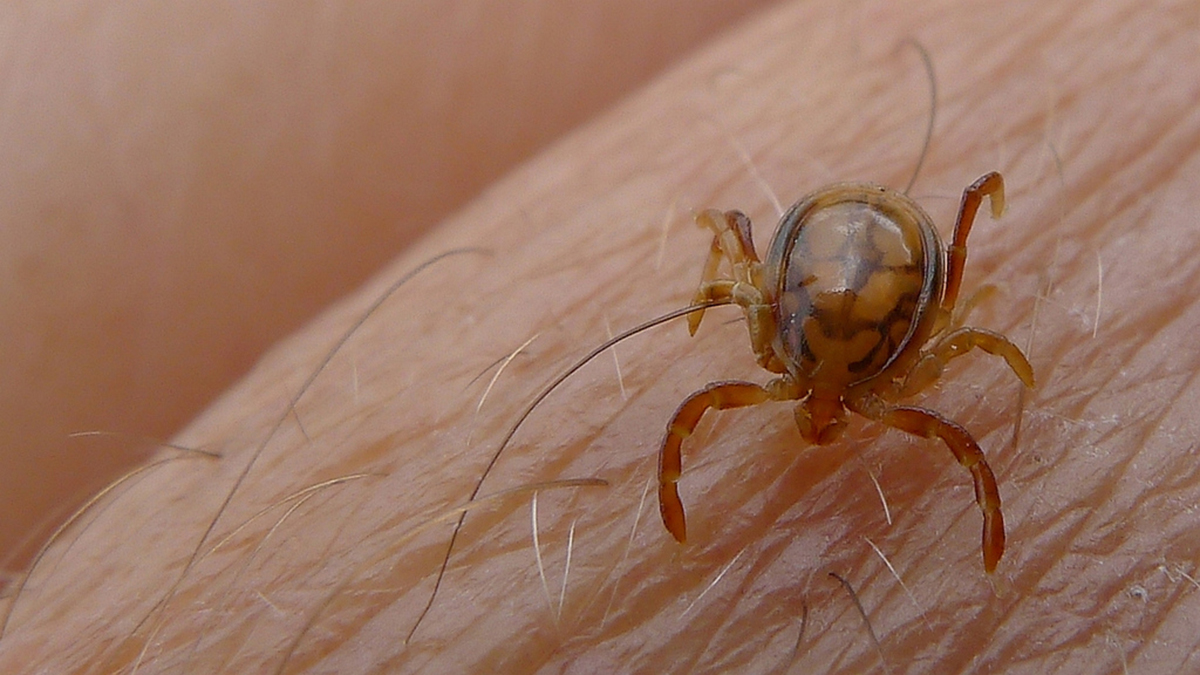Table of Contents
Antibiotics
Antibiotic therapy is the golden standard for the treatment of Lyme disease. The quicker antibiotics are initiated, then the faster and more complete the patient will recover.
- Oral antibiotics - this treatment is initiated in early-stage Lyme disease and includes the use of doxycycline for adults and children older than age 8. Amoxicillin or cefuroxime can be used in adults, children younger than 8 as well as pregnant or breastfeeding women. The duration of the course is usually recommended for 14-21 days but there are studies which have shown that a 10-14 day course is effective enough.
- Intravenous antibiotics - the intravenous route for antibiotic administration is suggested if the central nervous system is involved. The usual recommended course for this route is 14-28 days. This is an effective route for eliminating the infection, but patients can take some time to recover from their symptoms even after treatment has been completed. Intravenous use if antibiotics for this length of time can cause some unwanted side-effects such as persistent diarrhoea.

Prevention
Looking at the risk factors for contracting Lyme disease, one can see that certain preventative measures need to be taken in order to try and avoid this situation from occurring.
- Try and tick-proof the yard by mowing down long grass and keeping woodpiles in the sun.
- Wear long clothes, gloves and a hat when walking around areas where deer ticks are found.
- Apply insect repellents which contain a 20% or higher concentration of DEET. Permethrin containing products can be applied to clothes.
- Remove a tick as soon as possible and use tweezers to slowly remove it by the head or mouth. Don't crush or squeeze the tick. Once removed, dispose of the tick and apply an antiseptic on the bite mark.
- Don't assume that one can be immune to Lyme disease as it can be contracted more than once.
Post-treatment Lyme disease syndrome versus chronic Lyme disease
Post-treatment Lyme disease syndrome occurs when a patient still continues with symptoms such as fatigue and muscle and/or joint aches after the Lyme disease was treated with antibiotics. In a small percentage of cases, these symptoms can last for up to 6 months and it's very important that this information is properly conveyed to the affected patient. The good news here is that this syndrome almost always resolves in time on its own.
The reason why this syndrome occurs in not known, but some experts believe that certain patients who contract Lyme disease are predisposed to developing an autoimmune response. This then results in residual tissue and immune system damage, during the initial infection, and this contributes to their symptoms.
READ New Tick-Borne Infection Similar To Lyme Disease Appears In US and UK
Patients who are experiencing the symptoms of post-treatment Lyme disease syndrome should discuss this issue with their doctors so that they are offered symptomatic relief. It's also important at this time to maintain a healthy lifestyle by eating a healthy diet, being reasonably active and getting plenty of rest. This situation can also cause increased tension and stress, so, incorporating relaxation techniques such as massage therapy, yoga, prayer, meditation and breathing exercises can be of benefit.
- www.mayoclinic.org/diseases-conditions/lyme-disease/basics/definition/con-20019701
- www.cdc.gov/lyme/postlds/
- Photo courtesy of John Tann: www.flickr.com/photos/31031835@N08/6368338667/
- Photo courtesy of John Tann: www.flickr.com/photos/31031835@N08/6885765803/
- Photo courtesy of John Tann: www.flickr.com/photos/31031835@N08/6368338667/


Your thoughts on this